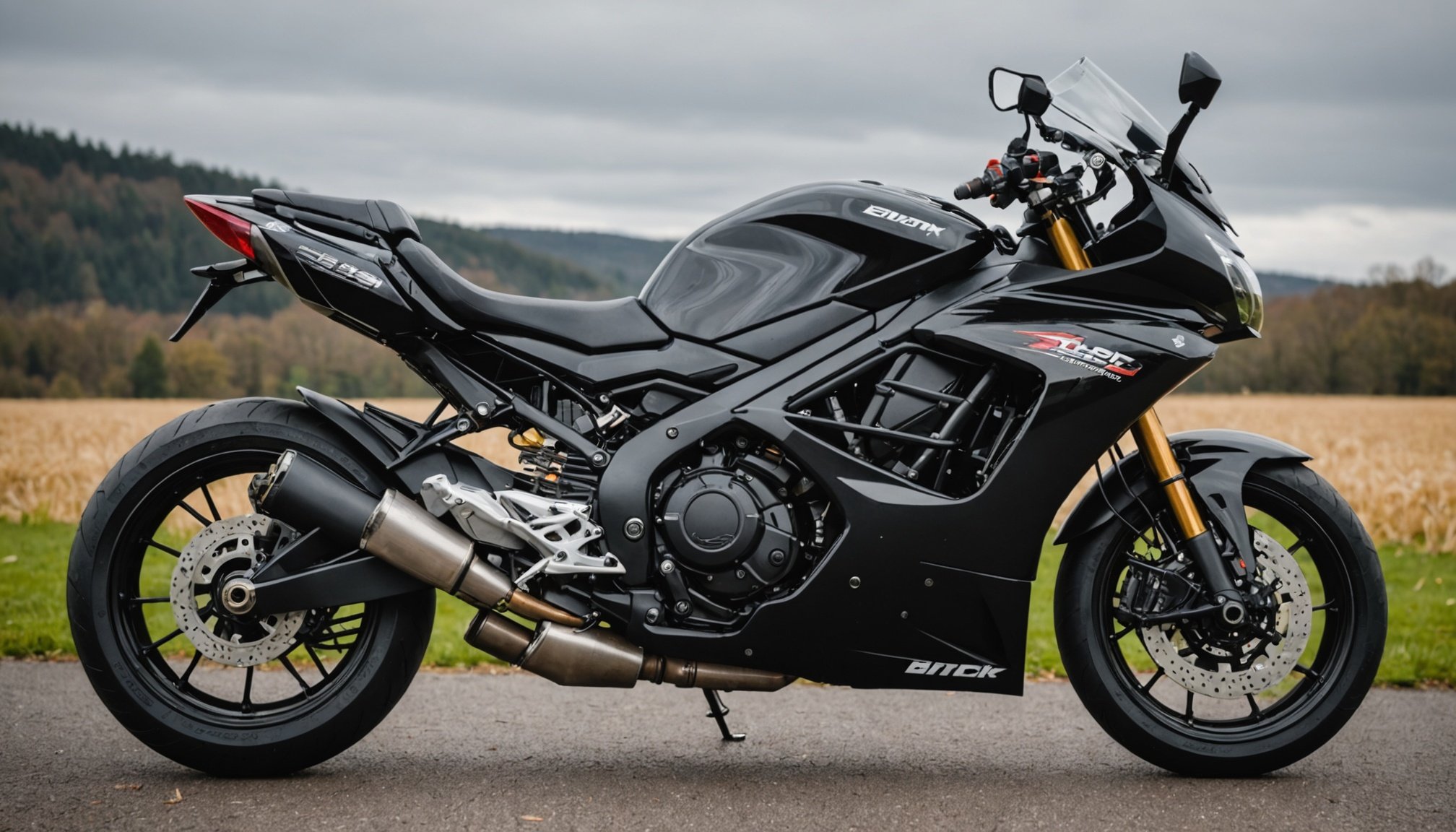Importance of Winterizing Your Sport Bike
Winterizing a sport bike is crucial to ensure its longevity and performance. Due to the UK’s harsh winter weather, neglecting proper maintenance can lead to severe issues. During winter, bikes are exposed to cold temperatures and moisture, contributing significantly to wear and damage over time.
The first essential step in winter bike maintenance is understanding the impact of the climate on vital components. Extreme weather can cause parts to contract and expand, potentially leading to cracks or corrosion. Hence, protecting your bike from these elements is paramount.
In parallel : Top Sport Bike Gloves for Superior Grip in the UK’s Toughest Wet Weather
Using a battery tender during storage is highly beneficial. A battery tender keeps the battery charged without the risk of overcharging. This device compensates for the lack of regular use, ensuring the battery remains in optimal condition throughout the off-season. Additionally, it avoids sulfation, a common issue when batteries remain idle for too long.
In summary, winterizing your sport bike involves comprehensive maintenance and care tailored to withstand UK winters. Investing time in this process ensures your bike remains in top condition for the forthcoming riding season, preventing costly repairs and extending its lifespan.
Also to see : The complete handbook for choosing the best sport bike tires for exceptional mixed terrain adventure in the uk
Using a Battery Tender Effectively
During the winter months, optimal battery maintenance is essential to preserve your sport bike’s longevity. A battery tender can be an effective solution for this purpose. It regulates charging, preventing overcharging and prolonging battery life by keeping it at an ideal charge level. To maximize its benefits, understanding correct usage is key.
Choosing the Right Battery Tender
When selecting a battery tender, there are crucial factors to consider. Smart battery tenders offer advanced features like automatic charging and maintenance modes, adapting to your battery’s needs. While standard tenders are cheaper, they lack smart features, making them less efficient over time. Explore products renowned in the UK market and evaluate them based on efficiency, safety features, and compatibility with your bike’s battery.
Best Practices for Connecting a Battery Tender
Properly connecting your battery tender is vital for safety and performance. Always ensure connections are secure to avoid hazards like short-circuits. Regularly monitor battery health and performance, especially during the winter months when inactivity could lead to sulfation. Check the charge status at least monthly to guarantee your bike’s battery is maintained at its best. Implementing these steps will ensure your bike is ready for spring.
Protecting Your Sport Bike from Rust and Damage
When considering rust prevention, selecting the right storage location for your sport bike is paramount. Ideally, store your bike in a dry, temperature-controlled environment. This reduces exposure to moisture, a significant contributor to corrosion. If indoor storage is unavailable, consider using a high-quality cover specifically designed for outdoor use.
To bolster protection against the elements, invest in bike storage solutions that prioritize air circulation. Breathable covers ensure moisture doesn’t get trapped underneath, preventing rust formation. Some riders opt for additional moisture-absorbing products, such as silica gel packs or dehumidifiers, to ensure the space remains dry.
Proactively applying rust prevention sprays or coatings to vulnerable areas can significantly reduce the risk of corrosion. Key components to treat include the bike’s frame, chain, and any exposed metallic parts. Ensure proper application for a comprehensive shield against oxidation.
Regular attention to these protective measures will keep your sport bike in impeccable condition, even through the harshest UK winters. Remember, preventive maintenance is vital, minimizing damage and costly repairs while ensuring a seamless transition back on the road come spring.
Additional Winterizing Tips for Sport Bikes
When preparing for winter storage, several key aspects ensure your sport bike is well-maintained. Tire care plays a pivotal role. Inflate your tyres to the recommended pressure to prevent flat spots, and frequently rotate them if the bike rests for extended periods. This simple, yet effective step supports overall bike performance in the long run.
Keeping fuel stabilised is equally critical. Fuel stabilisers prevent the fuel from deteriorating during months of inactivity. Adding stabiliser to a full fuel tank helps avoid corrosion and ensures smooth operation when you return to the road in spring.
Lastly, conduct thorough safety checks before your first ride. Inspection of brakes, lights, and oil levels ensures everything functions correctly. This preventive measure maximises safety and minimises potential hazards due to long-term storage.
Incorporating these winter storage tips into your maintenance routine ensures your sport bike remains in peak condition. This proactive approach saves time and reduces costs on future repairs, allowing you to enjoy your ride as soon as the warmer months return.
Step-by-Step Guide to Winterizing Your Sport Bike
When considering winterization, it’s crucial to follow specific steps to protect your sport bike. Begin with a thorough cleaning. Removing dirt and grime prevents corrosion and prepares your bike for long-term storage. After cleaning, dry the bike completely to avoid moisture lingering on metal surfaces.
Next, focus on battery maintenance. Detach the battery from your bike and store it in a dry, cool place. Ensure terminals are clean and consider connecting a battery tender to maintain an optimal charge. This step is crucial to prevent battery depletion during the period of inactivity.
Furthermore, lubricate moving parts such as the chain to deter rust and maintain performance. Apply oil to areas prone to moisture exposure for added protection. Check tyre pressures and inflate appropriately to prevent flat spotting, especially if the bike rests for extended periods.
Fill your tank fully and add a fuel stabiliser. This prevents the petrol from degrading, maintaining engine health when you start riding again. Implement these winterization steps meticulously to ensure your bike is ready for action once winter has passed.











